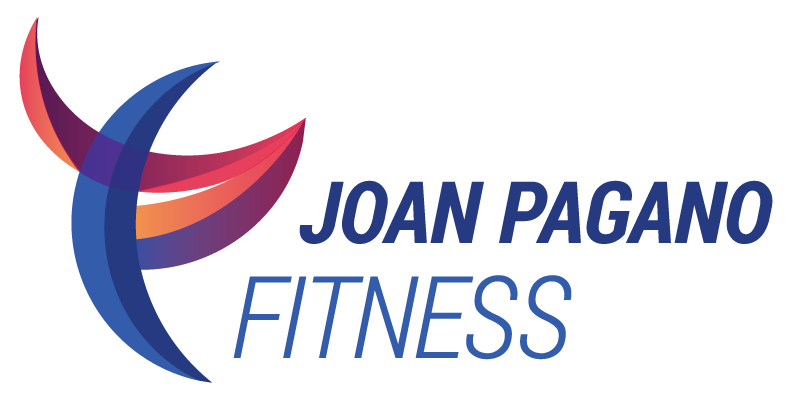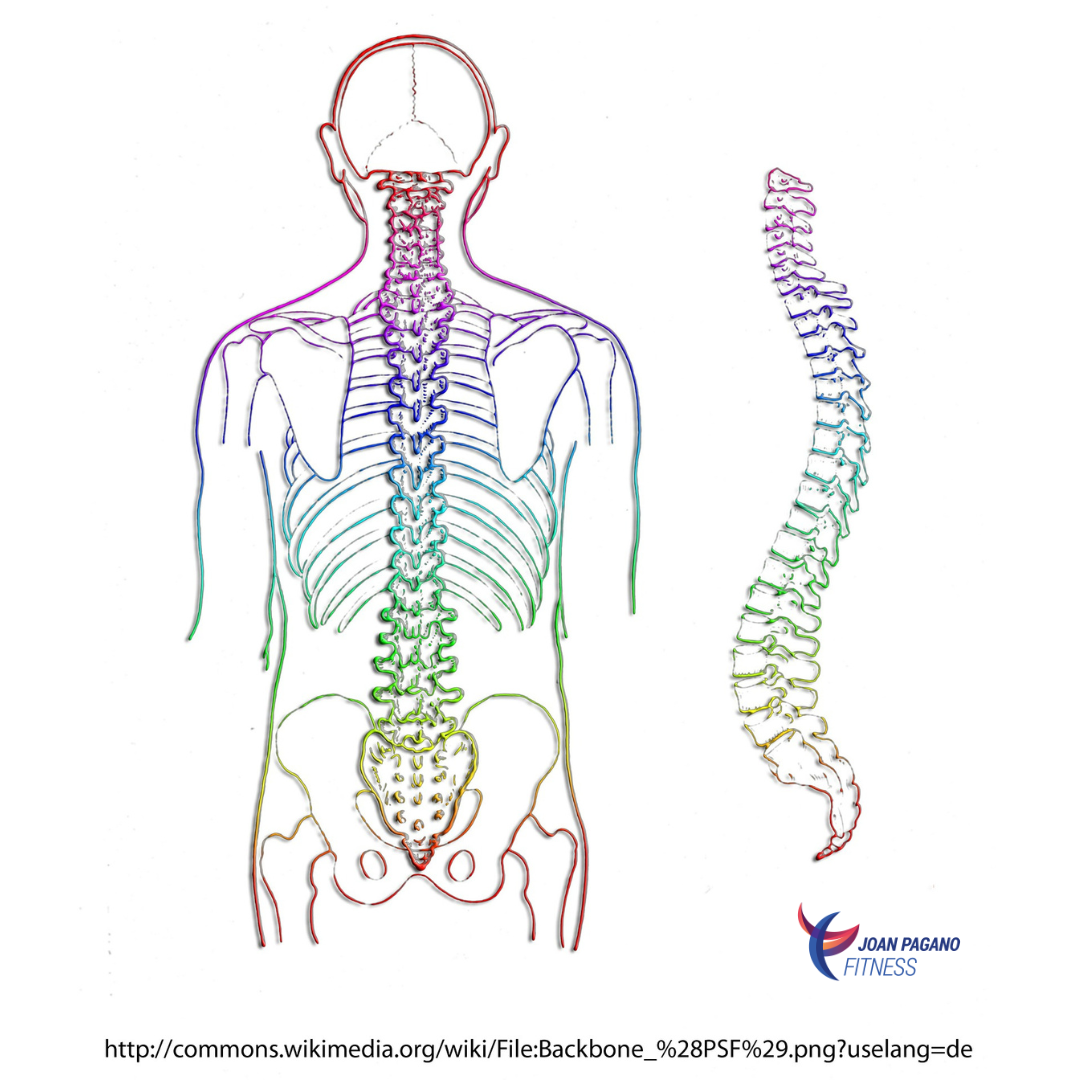Spine Alignment Exercises
Stand tall with spine alignment exercises
Spine alignment exercises help you stand taller and straighter, prepare you to move more efficiently, and enhance your strength training workouts.
Daily postures sabotage proper spine alignment, but a few simple exercises can help reinforce the natural curves of the spine, improving your normal posture, body mechanics, and form in weight training exercises.
How does spine alignment impact your health and wellbeing?
The natural curves of the spine serve to counteract the constant force of gravity on the body to
ensure that the joints work efficiently
enhance body mechanics in all positions – standing, sitting, on all fours, supine (lying face up) and prone (face down)
In neutral alignment the curves create a functional balance:
two slight inward curves of the neck and low back
two slight outward curves of the mid-back and sacrum
When any of these curves becomes exaggerated it can cause strain in the joints, ultimately leading to headaches, neck and shoulder problems, sciatica, and hip and knee pain.
4 simple exercises to improve posture and align the spine
As you sit reading this, what is the shape of your spine? Are you hunched over your computer, leaning on your desk, or slumped back in a chair? Get in the habit of doing these four simple exercises to improve your spine alignment. You can even do them sitting at your desk. Repeat each move 5-10 times daily.
1) Lengthen the spine (not pictured)
To restore and maintain the normal curves of the spine, use your breath to try this "growing exercise."
Stand or sit up straight, feet flat on the floor, stacking the ribs over the hips.
Take a deep breath, filling the belly with air, and gradually lengthen the spine as you lift the top of your head to the ceiling.
Think of elongating the torso, stretching the space between the ribs and the hips, decompressing the spine.
Fluff up the chest by drawing the air up into the chest cavity.
As you exhale, release the air from the chest down, finishing with a light abdominal compression to force the air out.
Hold the height and stay tall as you repeat.
2) Realign the head with the “neck press” (see video below)
It is common to develop a forward head position from our daily activities. The "neck press" strengthens the muscles of the neck and upper back and realigns the head over the shoulders.
Put two fingers on your chin. Inhale, then as you exhale use your fingers as a cue to retract your chin, i.e. move it straight back, pressing the curve out of the back of your neck
Keep your chin level being careful not to push it down
Release and repeat
3) Anchor the shoulder blades with “W’s” (see video below)
When you're in the habit of slouching, your shoulder blades slide forward and apart exaggerating the curve of the mid-back. "W's" activate the muscles that stabilize your shoulder blades, straightening up the mid-back.
Assume a “goal post” position: Hold your arms out to the sides, palms forward, with the elbows bent and in line with the shoulders.
Inhale, then squeeze the shoulder blades down and together as you let your breath out slowly. Your elbows will drop to form the “W.”
Hold for 2-3 seconds and repeat
Neck Press and W’s: Spine Alignment Exercises - Video
Realign the spine with the “neck press” and “W’s.”
4) Find neutral spine. Align the pelvis. (not pictured)
The position of the pelvis determines the degree of curve in the lumbar spine. Neutral spine alignment is midway between a full arch and a flat back position.
Sit up tall in a chair with your feet flat on the floor, torso aligned, ribs over hips.
Tilt your pelvis forward and back, exploring your personal range of motion.
Return to a neutral, midpoint position, allowing the slight curve in the low back area -just enough to slip your hand in if you were lying on your back or standing straight with your back against the wall.
Tighten your abdominals to hold this position (draw your belly button back toward your spine).
Practice these simple spine alignment techniques to:
Establish good postural habits.
Improve body mechanics in all activities.
Reinforce proper form for exercising.
Enhance the results of your weight training exercise.
Reduce your risk of injury.
See related: Bodyweight Back Exercises
Disclaimer: The information presented in this article should not be construed as medical advice. It is not intended to replace consultation with your physician or healthcare provider.
For expert guidance on strength training techniques, step by step photos depicting how to perform the exercises and a selection of well-rounded workouts please check out the book Strength Training Exercises for Women by Joan Pagano at https://amzn.to/3mm1GDN
(c) Copyright - Joan L. Pagano. All Rights Reserved Worldwide.

